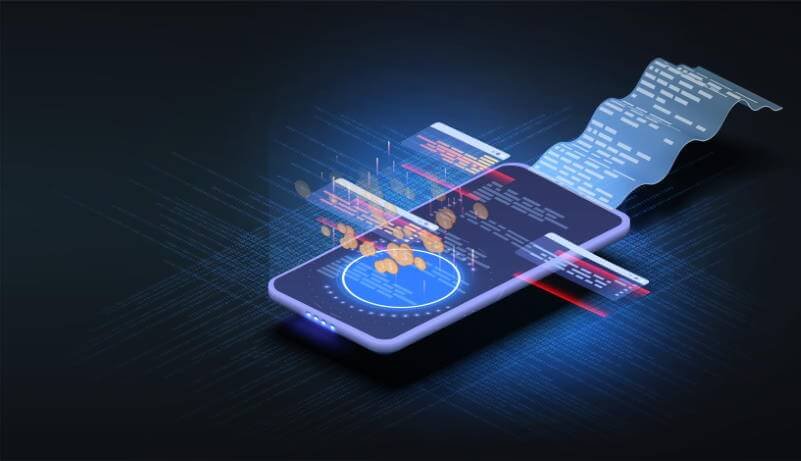Recently the Tax Administration Service SAT has released a new version of electronic invoicing which is 4.0 with which important changes appear in the electronic invoice that represents commercial operations in Mexico.
This new version emphasizes the rigor of having the data of the Issuer and Receiver of the electronic invoice well captured. Here we are talking about the following fields for the Issuer or company that issues the invoice: RFC, company name, tax regime and postal code, while for the Receiver or client of the invoice they would be: RFC, company name, fiscal regime, postal code and use of CFDI.
The fundamental change is given that these fields, in addition to being mandatory, must be correctly captured and coincide with the Certificate of Fiscal Situation of each taxpayer. In this way, now when stamping an invoice, all these fields are automatically validated to be correct and otherwise it would give an error and the electronic invoice would not be generated.
For all companies, this new version 4.0 of electronic invoicing has been a problem because, since the receiver’s tax regime field is required, then companies must request the Proof of Tax Status of each of their clients, as well as their employees, a question which has caused chaos in the SAT offices and has forced an extension until January 1, 2023 to make the new version of electronic invoicing mandatory.
Likewise, this version 4.0 is more rigorous with the company names that must be written in capital letters and not have the capital suffix regime as was done previously. In addition, now in the payment complements, each one of the taxes that are generated must be broken down with their respective proportional part and the global invoice also has new fields and conditions to specify the periodicity in which the global invoice of the taxes was carried out. tickets it covers.
How to invoice with version 4.0?
Although the free billing page of the SAT is available for the new version, since there are now new conditions and more fields to enter, it is more complicated for users to generate their invoices in it. Hence, people should opt for an Internet electronic billing service provided by various technology companies.
Currently, to bill online with version 4.0 in Mexico there are very cheap services that do not charge for the service itself, but for the stamps or digital sheets that are consumed. Such is the case of Villanett’sonline electronic invoicing system,which allows easy generation of electronic invoices and has the advantage of offering an affordable price for the stamps used.
This system is added to a series of utilities offered by the company and that users have stated that they are very useful, such as theISR and IMSS calculatorto generate the employee payroll receipt and also a page which has become popular as thetax calculator, a tool used by employers to register a new employee in their company and thus previously calculate the taxes that they would have to pay monthly for having them on the payroll.
The new electronic invoicing 4.0 has come with new challenges that imply a greater technological and administrative effort on the part of companies so that they can continue stamping without problems and therefore be able to deduct the invoices they receive from third parties.
The best option for billing is still hiring a service to bill online but make sure that it already has all the changes included and that the bills appear authorized and validated in the SAT systems.




